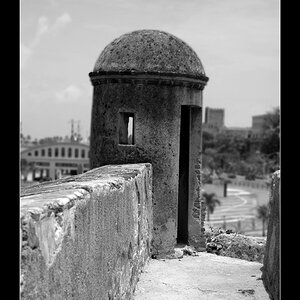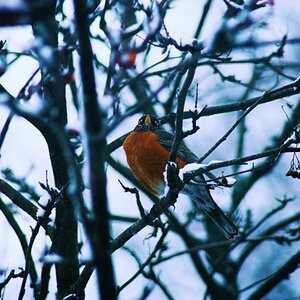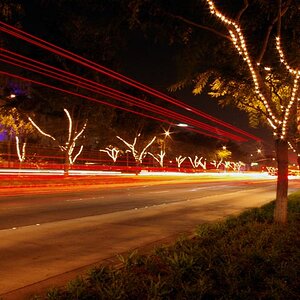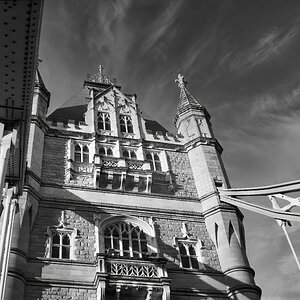Gregg
TPF Noob!
- Joined
- Dec 14, 2008
- Messages
- 12
- Reaction score
- 0
- Can others edit my Photos
- Photos OK to edit
Just getting into photography i have found myself getting pretty frustrated with the basics. In terms of aperture, ISO, shutter speed and even when to use a flash. To be a little bit more clear, I don't really know how adjusting one setting effects another, or in what situations i should make a adjustment. For example today i was trying to take a picture of my xmas tree and just got bent out of shape playing with adjusting my cameras settings. I didn't know if i should have a faster or slower shutter speed or where to have my aperture at. So i guess im just asking for a little advice on how i could learn these basics so i don't have to take a photo, not come out good, and make adjustments 10 times before i do. Hope i'm clear. Thanks in advance.










